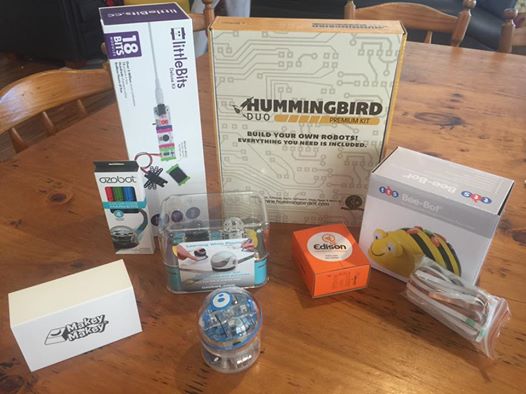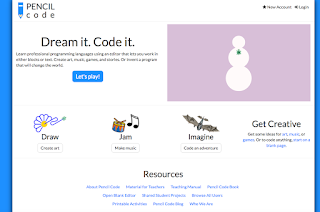How can Teachers learn to code?

Coding the latest buzz word There is an international movement to teach coding in schools, everyone is talking about coding, the media , schools , not-for-profits , summer camps , women's magazines . The difficulty is the responsibility for integrating coding into the curriculum falls on the teachers who are not all equipped with the skills to teach coding. Why? Teaching coding skills is not about teaching everyone to be a programmer. It is about digital literacy and ensuring all students understand how technology works. It also teaches a thinking style referred to as "Computational Thinking". Computational Thinking (CT) is the thought processes involved in formulating a problem and expressing its solution(s) in such a way that a computer—human or machine—can effectively carry out. (Jeanette Wing 2-14) ( Source ) It was first referred by Seymour Papert in 1980 and then in 1996 and it is an important thinking style for solving complex problems. ( Sourc...


